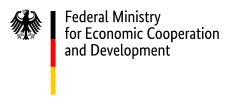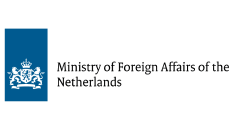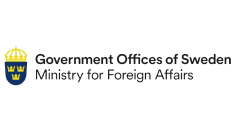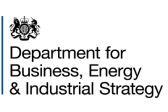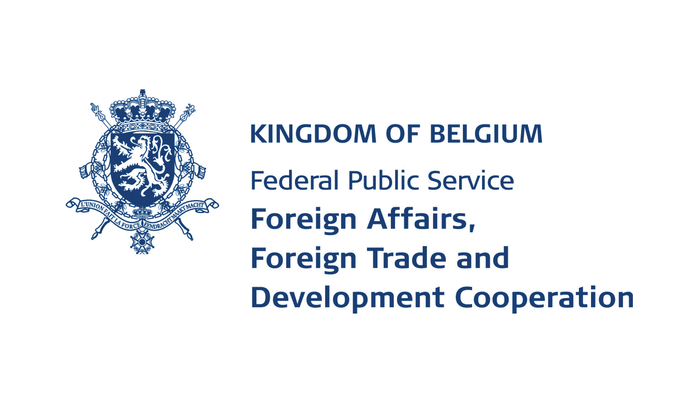Accelerating Investment in Adaptation
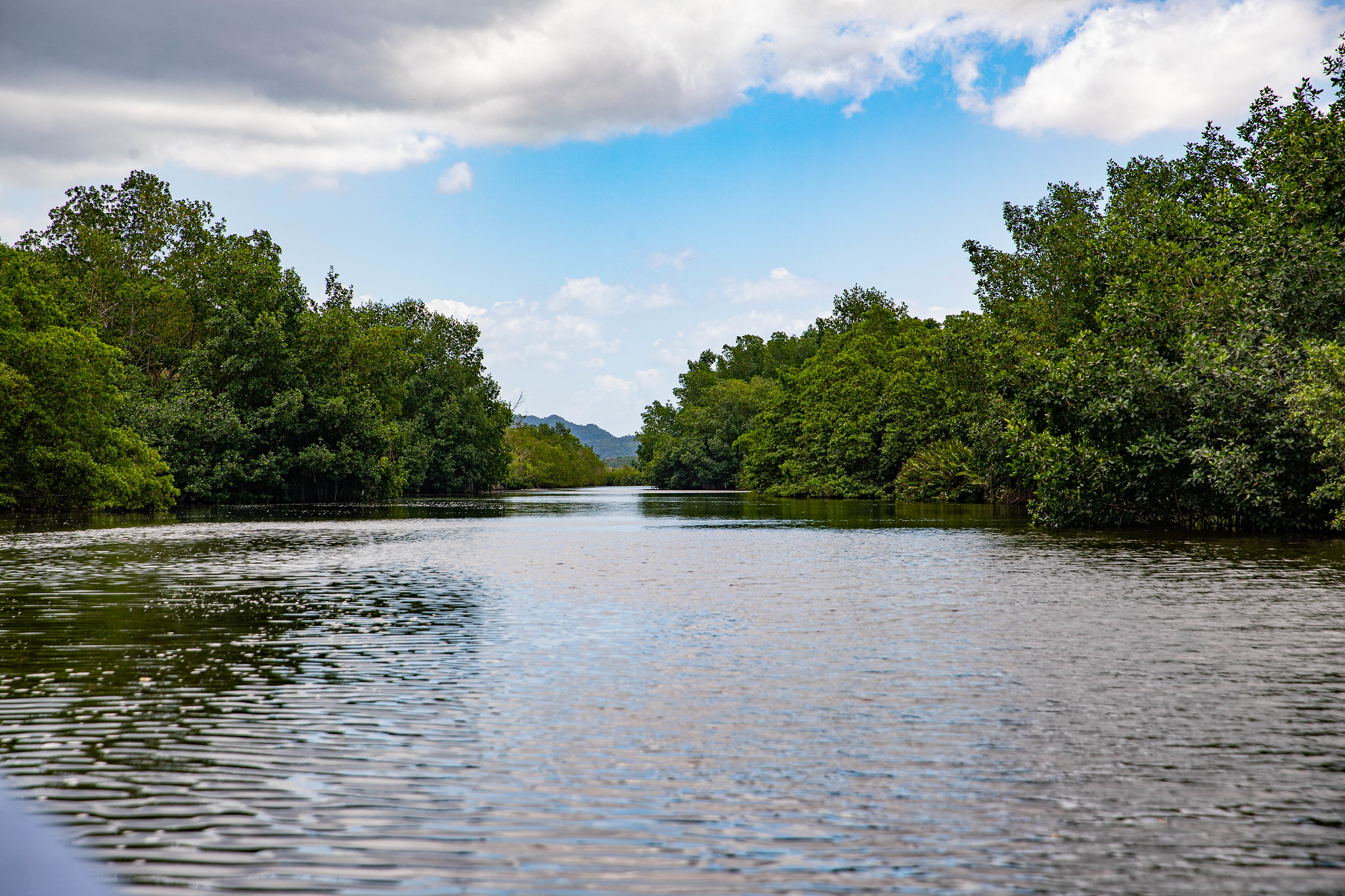
The Adaptation Pipeline Accelerator (APA) is a new adaptation initiative championed by the UN Secretary-General’s Climate Action Team. This accelerator will support a representative group of 21 developing countries in turning a set of adaptation priorities as identified in National Adaptation Plans (NAPs) and/or adaptation components in nationally determined contributions (NDCs) into investment plans and project pipelines. The NDC Partnership, United Nations Development Programme (UNDP) and Green Climate Fund (GCF ) have been tapped to lead this work with the support of other climate funds like GEF and the Adaptation Fund. The accelerator aims to bring together the UN system, financiers and development partners to collaborate among themselves and with developing countries toward the efficient generation and development of and investment in pipelines of adaptation projects.
The accelerator aims to demonstrate that the selected countries have progressed in implementing their adaptation priorities by advancing along the following three stages:
- Stage one: Identifying adaptation priorities
- Stage two: Turning adaptation priorities into an investment plan with identified sources of financing
- Stage three: Turning an investment plan into a pipeline of investable projects through project preparation support
This initiative strives to meet countries at the stage they are in to help them progress through the stages over time.
In August 2022, the UN Climate Action Team hosted three regional roundtables (Africa, Asia and the Pacific, Latin America and the Caribbean) to kick off dialogues between financiers, development partners and developing countries. Participation included high-level representatives from the ministries of finance and planning of participating countries, along with financiers, development partners, philanthropies and the private sector. The dialogues focused on upstream engagement among financiers and development partners, with the objective of identifying barriers to the development of effective investment plans and projects as well as opportunities for alignment of policies and investment priorities. Regional roundtables were followed by a second set of calls, during which countries presented on key programmatic or project-specific priorities; financiers were invited to ask questions. These conversations will inform opportunities for further engagement in the months ahead.
Through exchanges with countries, a set of common challenges and needs were highlighted, which will be critical drivers for the implementation of the Partnership’s finance strategy. Country needs include:
- Support to bolster internal capacities to translate high-level plans into actionable adaptation targets, with clear sectoral links, and embedding these targets into investment plans
- Support to integrate adaptation priorities into existing government processes and systems to ensure they are reflected in budgeting cycles and project pipelines designed by finance, development, planning and sectoral ministries
- Consolidation of adaptation priorities into one centralized project pipeline and building capacity to keep this pipeline up to date, informed by regular strategy cycles, including the NDC, long-term strategies (LTS), NAPs, sectoral plans and development plans
- Collaboration to double down on project development, with embedded capacity for project preparation and to engage the private sector
- Support to develop and apply financing vehicles to bridge the gap, setting up aggregating vehicles to increase the scale of adaptation investments; supporting the development of national funds to coordinate project funding through private, public, national and international sources; and developing strong enabling environments with innovative policies, regulations and fiscal and financial instruments to increase attractiveness to private-sector investors
As part of the engagement on the APA, a series of key priorities have been identified as immediate next steps for countries to get from adaptation priority identification and investment planning to the development of bankable projects. These needs include support on adaptation and investment planning, project development and cross-cutting needs related to specialized technical assistance, increasing capacity and institutional arrangements. Some examples include Antigua and Barbuda’s request for technical support to the Project Management Unit within the Ministry of Finance, Corporate Governance and Private and Public Partnerships; Rwanda’s request for support of two investment programs for select projects in the NDC Investment Facility; and Fiji’s request for support for the preparation of an adaptation investment pipeline.
The work of the APA will be scaled beyond COP27. The Partnership will continue to work with member countries to further articulate their critical adaptation investment needs and leverage its network to mobilize adequate support from partners. APA core partners will engage with financiers to better understand their priorities and identify concrete ways to better leverage resources in support of adaptation investment globally. It is clear that to mobilize adaptation finance at scale, we require a new model of collaboration between countries and financiers. The APA will support further collaboration in the months ahead so that, together, we can mobilize adaptation finance at scale.

